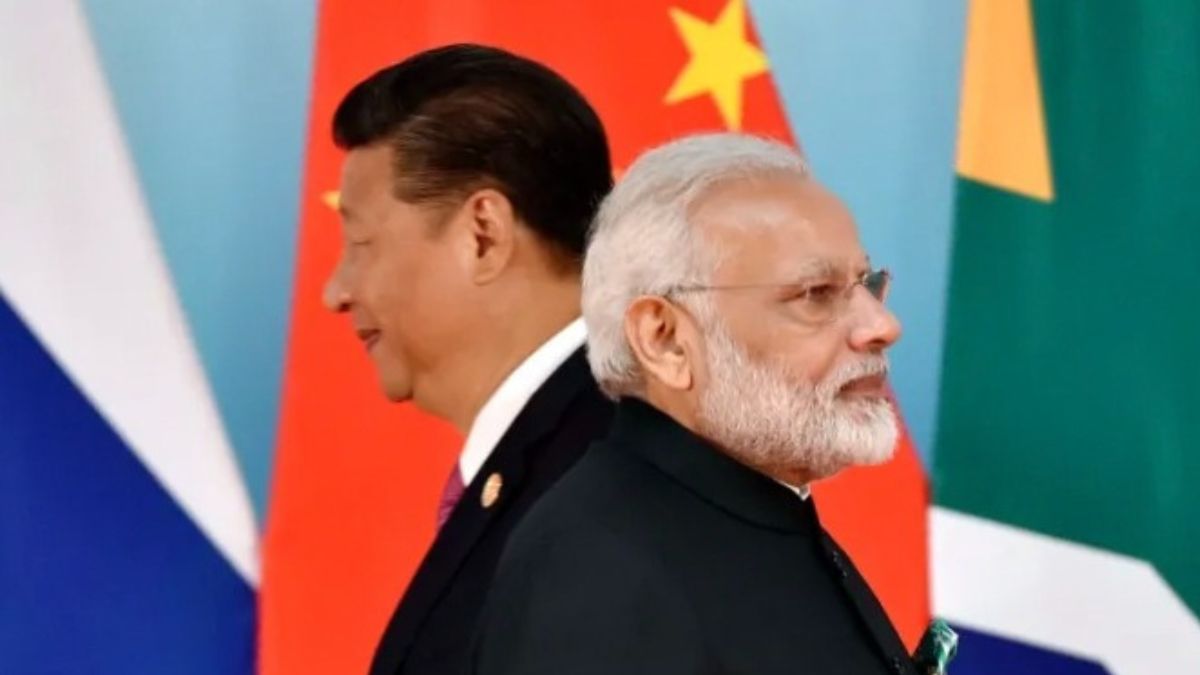
The two nations will advance their efforts to normalise relations when Prime Minister Narendra Modi and President Xi Jinping meet on the fringes of the SCO summit in Tianjin from August 31 to September 1. This includes the resumption of air services and the holding of Lt Gen level Border Personnel Meetings (BPM) in three sectors.
The decision to hold Lt General-Major General level dialogue between the Indian Army and PLA in Chushul, Nathu La, and Kibuthoo or Yangtze in the western, middle, and eastern sectors is a significant step in that direction, even though the next logical step towards bilateral normalisation of ties includes resuming military-to-military ties as a confidence-building measure.
The commander of the 14th Corps and the commander of the Sinkiang Military Division in Chushul, Eastern Ladakh, currently have the sole general-level conversations. At the 24th round of Special Representative discussions on 19 August, it was decided to raise military dialogue on the border to the level of a general discussion.
It is clear that the dates for the general level dialogue will be decided upon following the bilateral meeting between the two presidents in Tianjin, despite the fact that both parties are keeping quiet about the military dialogue. It’s likely that all LAC friction issues will be resolved on the ground in real time if apex military formation commanders engage in six rounds of talks over the course of a year. Furthermore, there is no need for the two Asian giants’ bilateral ties to improve if the border stays peaceful and serene, according to a China expert.
Normalisation between China and India coincides with US President Donald Trump pressuring both nations to lower trade tariffs. China has already been struck by a 54% tariff, with the US President granting a 90-day reprieve on future duties, while India is anticipated to be slammed by a 25% extra duty on August 27, bringing the total tariffs to 50%.
The US was the main topic of discussion during the August 19 meeting between External Affairs Minister S Jaishankar and his Chinese counterpart Wang Yi. Both ministers believed that the US was unfairly targeting their countries and that India and China needed to work together to protect their markets.
Although India is aware of the boundaries of its convergence with China, the United States has shattered any notion of goodwill with Washington in the eyes of Indian political leaders and the general public by weaponising tariffs and portraying India as a villain in the war in Ukraine. The US Trump administration will guarantee that bilateral relations will undoubtedly become chilly, if not frozen, by imposing an additional 25% tariff on August 27.
